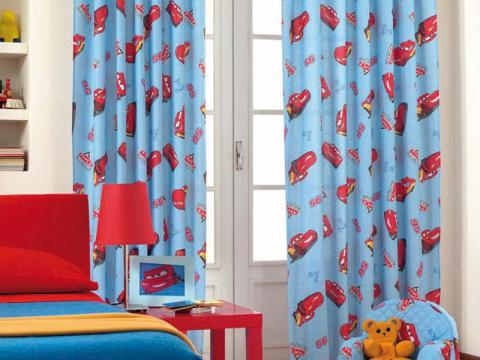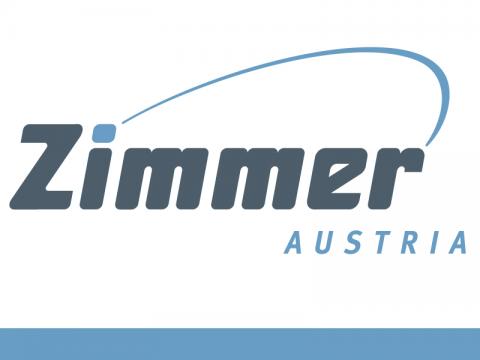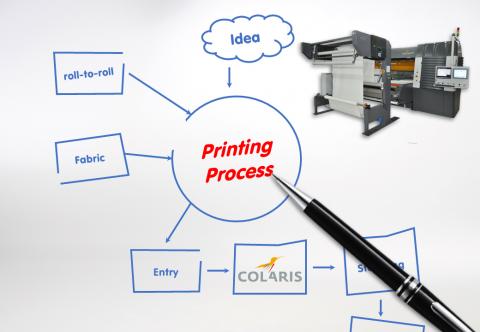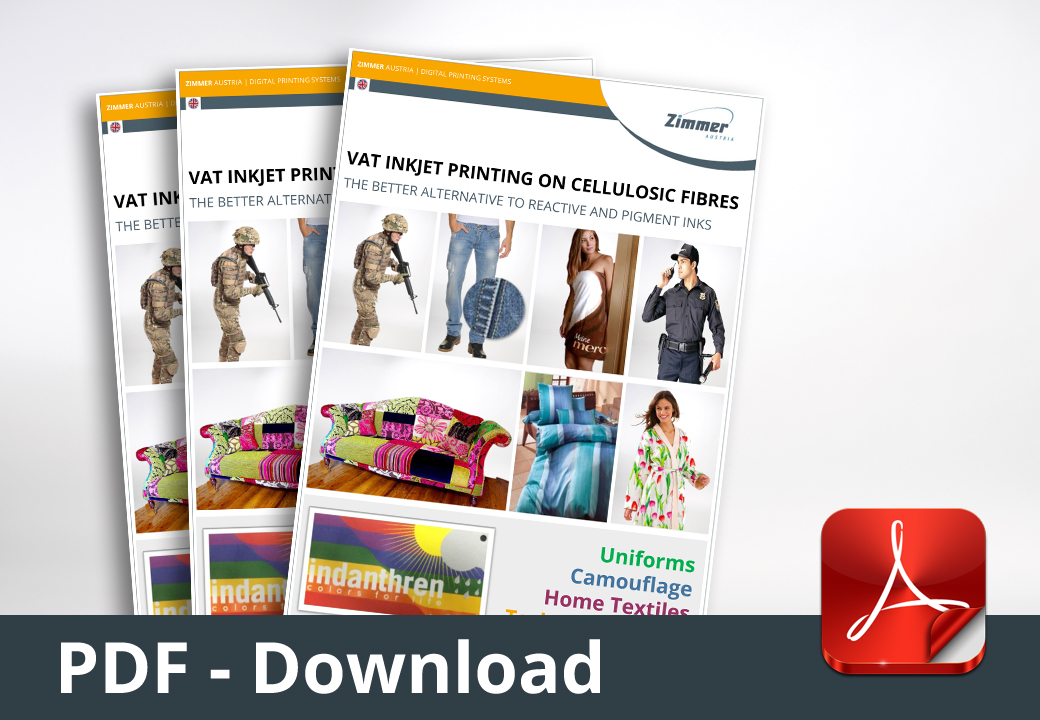窗饰 (Window Fashion)
该页面详情均为英文,请谅解。
Basics
- Window fashion covers a wide range of fabrics, used for curtains, drapes, vertical or roller blinds, blackout fabrics, or even for stage decoration.
- The fabric may be of woven, flat knit or lace construction
- It may be made from cellulose or artificial fibers.
- The fabric surface may be flat or structured jacquard, fiber flocked or velour.
- The fabric weight range starts at 30 to 40 g/m² and reaches up to 350 g/m² or even higher.
Printing Methods
- Fabrics are either printed in cross or in longitudinal direction. The printing machines must be selected accordingly.
- Cross-printed fabrics are covered by the 1,800 mm COLARIS.PRINTER model.
- Longitudinal printed fabrics need a 3,200 mm COLARIS.PRINTER, because the product usually needs to cover the full room height.
- As mostly bright and strong colors and a big color gamut are required, an 8-color setup is mostly preferred. However, a 4-color setup could double the capacity and would therefore economize the printing process.
- Cellulose and Protein Fiber based fabrics are suitable for printing.
- Cellulose based fabrics can be printed with Reactive or VAT dye inks.
- PA (Nylon) and Protein Fiber based fabrics are mostly printed with Acid dye inks.
- Pigment inks may be used on fabrics made from any fiber or yarn blend.
- Reactive prints are known for brilliant and bright print results with good washing fastness, but have a limited light fastness, especially with red shades.
- Acid dye prints are very bright, but have limited light fastness properties. Chlorine fastness is poor.
- VAT dye inks have excellent light and wash fastness properties, incl. chlorine bleach and dry cleaning. For real high-end fabrics, VAT dye inks are the best solution.
- Pigment inks are good for high light fastness, but have poor haptics and a low resistance against dry and wet rubbing.
- On PES and PES Microfiber fabrics, PES flock or sued fabrics, direct disperse and direct sublimation inks are used.
- PES inks give strong colors and have excellent light, rub and wash fastness properties.
Printing Process
Reactive printing
- Inline inkjet pre-treatment applied by the CHROMOJET digital pre-coating unit
- Design printing with COLARIS, using Reactive dye inks
- Offline ink fixation through steaming process
- Post-print washing to clean the fabric from unfixed dyes and pre-treatment chemicals
- Final fabric finishing according to the customer's needs
Option: Inline fixation of inks by a wet-in-wet process right after printing, thus saving energy and reducing the handling process
VAT dye printing
- Inline inkjet pre-treatment applied by the CHROMOJET digital pre-coating unit
- Design printing with COLARIS, using VAT dye inks
- Inline fixation for about 40 seconds by steaming process
- Inline post-print neutralization and washing off unfixed dyes and pre-treatment chemicals
- Final fabric finishing according to the customer's needs
Pigment printing
- Inkjet pre-treatment of fabric
- Design printing with COLARIS and inline drying
- Improving rub fastness by applying a fixing agent, followed by a polymerization process
- Final fabric finishing according to the customer's needs
Option: Mechanical finishing to improve the haptics of the fabric
Disperse and direct sublimation dye printing
- Inkjet pre-treatment of the fabric
- Design printing with COLARIS, using direct disperse or direct sublimation inks
- Post-print drying - inline right after printing.
- HT steam fixation in a loop steamer for 8 to 10 minutes
- Reductive washing and vacuum extraction for high light and rubbing fastness
Option: Inline inkjet pre-treatment applied by the CHROMOJET digital pre-coating unit
Option: SUPRAPRESS penetration support
Option: Inline fixation for about 4 minutes
Printing Machines
- Our COLARIS.TEXTILE PRINTER with FUJIFILM Dimatix StarFire™ print heads is the best solution for high-volume print production.
- As most of the fabric is heavy or even of voluminous structure, the use of print heads with a bigger droplet size (i.e the StarFire™ SG1024 MA) can deliver the required ink amount for a good penetration - required to avoid grinning of white at the seams.
- The ReadyJet™ ink circulation system guarantees sufficient ink availability under any working condition.
- Ink circulation prevents the sedimentation of solid ink particles. This is especially important when printing with VAT dye or Pigment inks.
- The COLARIS.PRINTER concept allows a flexible layout according to the requirements of various ink dye classes.
- Our open ink system allows to select among various ink manufacturers available in the market.
Get more information in our PDF's:



